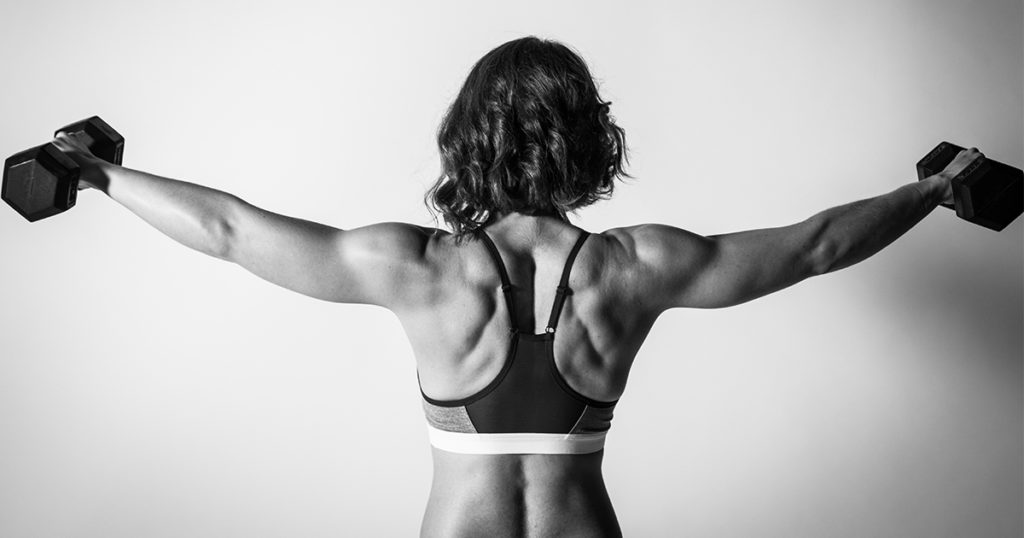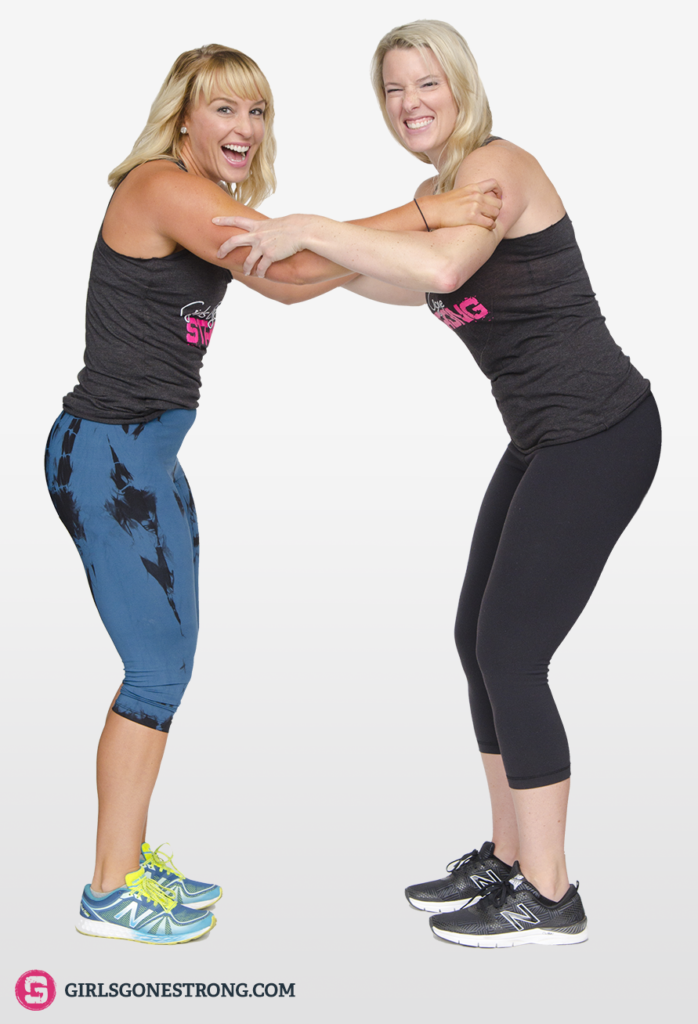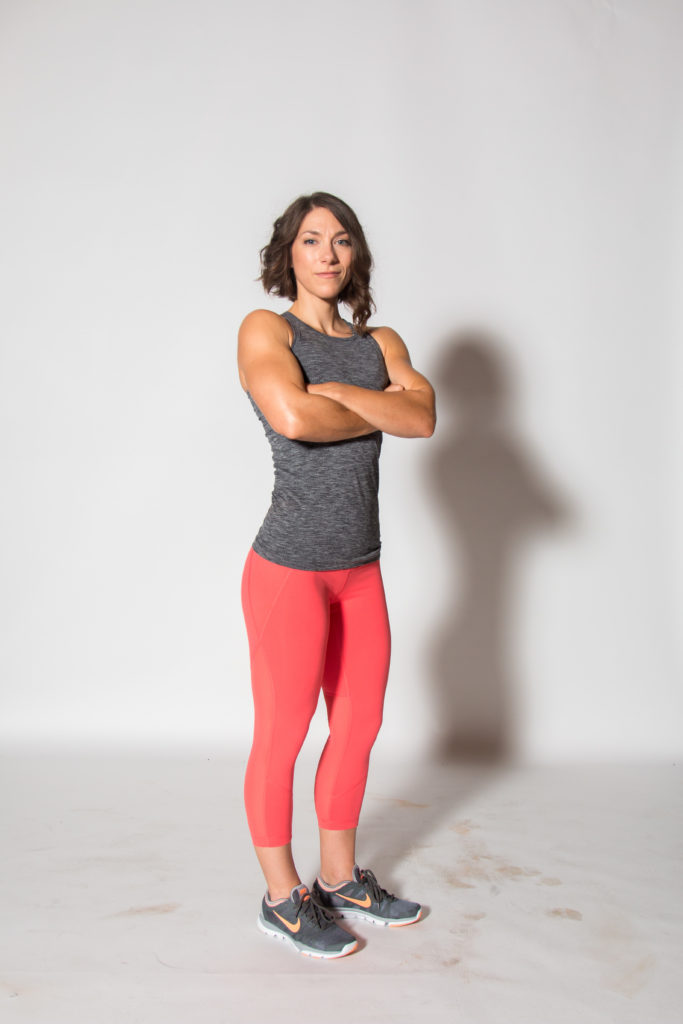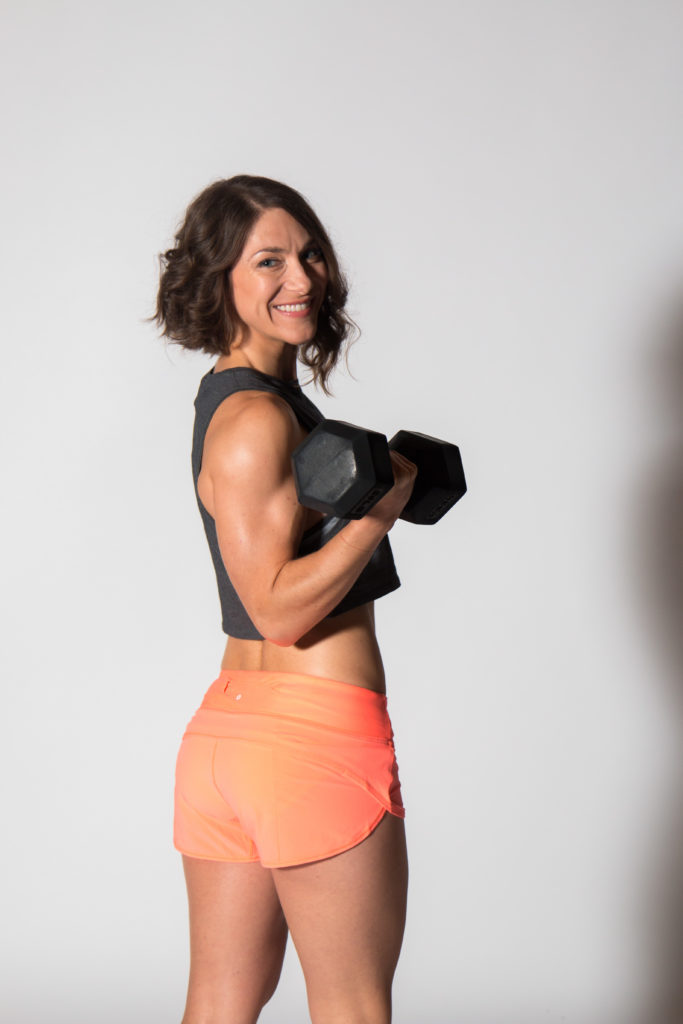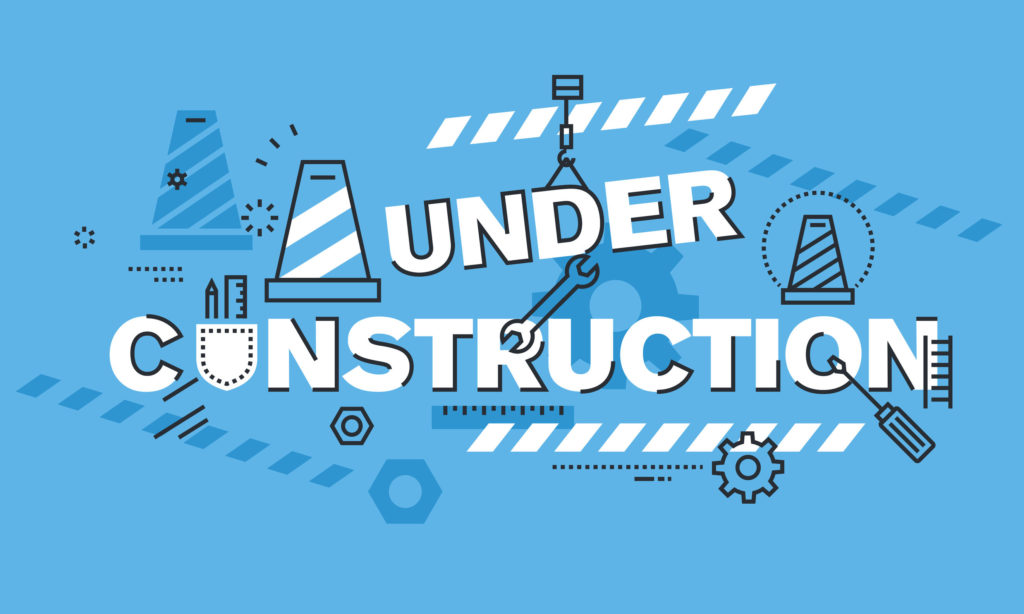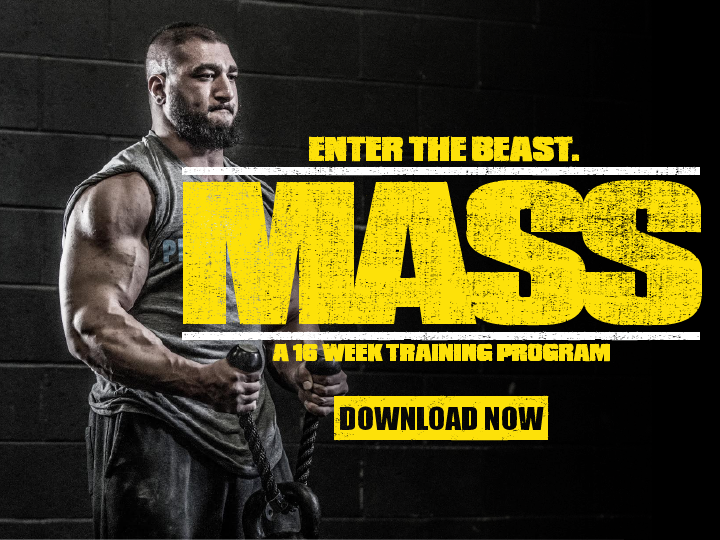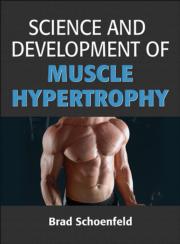Pat Davidson (PD): Hi Tony, I’d like to start off by saying thank you for letting me do this interview. You’re somebody I really respect in our industry, and getting the opportunity to do something in conjunction with you is big time.
It’s funny, I’ve done a number of podcasts and other kinds of interviews at this point in my life now, and this question always comes up, and I always think, “God, I fucking hate this question.” I feel animosity towards this question, because it’s so hard to know how to approach telling other people about yourself.
You have to come up with some kind of elevator pitch version of your professional life, and it always sucks. There’s virtually no way to accurately answer the question. So here’s my shitty answer to this question that provides evidence that I am a fucking authority in our field.
Note from TG:I could have just as well introduced Pat myself, told everyone he’s a savage, that he makes people into savages (as evident by his book MASS), and is one of the most passionate and intense people I have ever met in this industry. I’m pretty sure he found out arm wrestling a grizzly would increase protein synthesis by 22% he’d put it as A2 in a program.
My name is Pat Davidson. I have an B.A. in History, an M.S. in Strength and Conditioning, and a Ph.D in Exercise Physiology. I have worked as a professor for two different schools, Brooklyn College and Springfield College. I have also been the Director of Continuing Education and Training at Peak Performance in NYC.

My background in athletics has been that I played baseball and football in high school, tried to play baseball in college, but ultimately was too immature to be able to manage classes, sports, and partying as an 18 year old. After that I got into jiu jitsu, submission grappling, and MMA. I competed in those sports for 7 years.
I got more and more into the science and practice of training by the end of my MMA days and eventually just became a lifter. I did a few weightlifting meets, broke down physically from trying to do that sport, and then eventually made my way into strongman. I competed in strongman for about 3 years. During that time I finished top 10 at two National Championships, competed in two World Championships, and finished top 10 at Worlds once.
I’ve done my fair share of writing and speaking gigs in the field. These days I’m not competing in anything. I’m just trying to consume knowledge at the highest rate I possibly can, write more books, give more presentations, and be the best professional I can be.

TG: I had the chance to listen to you speak at a Cressey Sports Performance staff in-service something like two years ago, and I was so impressed not only by your knowledge base, but your passion as well. Watching and hearing you speak it was hard not to stand up and run straight through a brick wall.
I feel MASS is the end-result of both your knowledge and passion. Can you explain WHY you wrote this program (you know, other than making people hate life)?
PD: The reason I wrote MASS is actually a very straight forward concept. The project began when I was contacted by an editor from Men’s Health who commonly did stories with myself and a couple other guys at Peak.
He said that a new intern just showed up to start working with him. The kid was a former college cross-country runner, and he was essentially way too skinny to be working for Men’s Health. The editor and a couple other people thought it would be fun to see how much mass they could put on him for his 16 week internship, and they were hoping that I could put a program together for him.
Copyright: varijanta / 123RF Stock Photo
I got to meet the intern for a day, do some measures on him, and, “teach” him how to do everything. He was about 5’8″, and slightly less than 130 pounds. He had no previous strength training experience. I could tell that he was a very driven young man though, and the cross-country background is one that from my experience comes with a psychological paradigm of not being afraid to work.
Wrestlers and racers are people who often times will do whatever it takes no matter how difficult. My challenge was that I had to come up with a plan that would give this person maximum results without hurting him, and this was especially difficult because of his lack of experience.
From my experience everyone does everything wrong, regardless of how well versed in training they think they are. I don’t feel comfortable having people do anything unless I’m there to watch and coach them…so I had to get outside my comfort zone in actually writing MASS. So I designed this thing to intrinsically reward him with the programming, push him to his physical limits, and make absolutely sure he wouldn’t get hurt.
He did phenomenally well on the program. He gained 19 pounds of lean body mass in the 16 weeks according to our InBody equipment at Peak, which is absolutely preposterous when you consider he started off in the 120s.
At this point in time, Men’s Health was going to do a big story on Peak, because Peak was getting ready to move into a 25,000 sqft futuristic palace gym in Manhattan. Included in the story on Peak was going to be the intern story as well, and they were going to do something like name the program, “Best Program of the Year” or something like that.
I saw this as a golden opportunity to possibly earn some money from this, and I put a book together that would go along with this program. So I sat down on a weekend where I had nothing else to do and I wrote the book. It was a grueling weekend, and I probably looked a little bit like a bleary eyed Unibomber by the end of it, but the book was done.
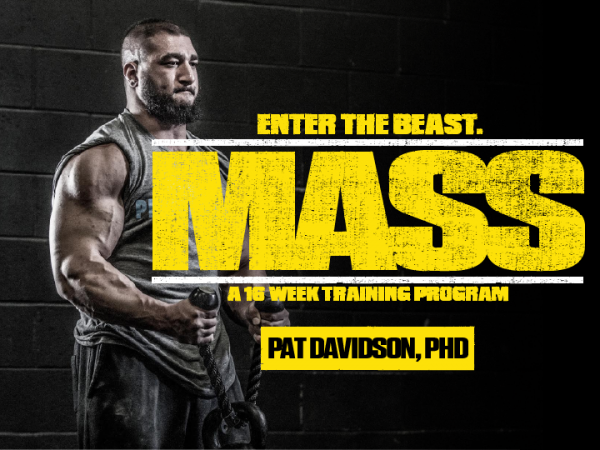
Unfortunately the Peak project fell through due to business side logistical complications, so the Men’s Health stories also never materialized, but by that point, MASS was born, and it has managed to create its own following, and it has steadily sold and continued to make people both hate and love me in expanding spheres.
TG: I have witnessed it in action – several coaches I know have done the program – and can vouch for its effectiveness.
Straight up: would you agree most people DO NOT train nearly hard enough?
PD: I honestly don’t know if people don’t work hard enough. I think people are just disorganized with training. When I design training sessions, I think about things like somebody would if they had to design a factory assembly line to produce at the highest level of efficiency.
I have zero time to waste, I have a valuable commodity that I have to pump out, and I don’t care about your feelings.
I time everything. I’ve never been a huge fan of technology in the weight-room other than the clock.
I’m familiar with different energy systems, loaded movement types, types of muscular contractions, speed and agility, movement quality…you know, the endless list of qualities that actually need to be developed in a performance oriented gym.
There are so many qualities that are necessary for athletes that you need 15 day weeks and 34 hour days to actually do everything you need to do. You always have to scrap certain concepts and qualities, short time (I can’t have you sitting around for 6 minutes during rest periods to maximize your phosphagen system’s substrate stores), and generally compromise the perfect textbook physiology development of things…but you blend, mix and match, and do the smartest things you possibly can to make it look right, and let people feel like they’re having a worthwhile training experience.
With MASS, there was only one goal, and it was purely body composition optimization. I wasn’t trying to help people with peaking for a race or a strength contest, or get ready for the football season, so in reality organizing it was a breeze…no movement prep, no power production development, no reactive components.

It just comes down to what is the goal, and how do I get to the goal?
With body composition goals involving muscle mass, it’s not that hard…mechanical load, mechanical work, heat, and acidity…works every time.
People are willing to work hard to get there if they want that goal, and you can explain why those variables are the ticket to that goal. Now you just have to organize things for people to to do, and give them something they feel like is a meaningful challenge. That’s where the MASS book actually comes into play.
- It’s written in a way that explains why taking a certain approach is the correct approach.
- It explains why a certain mindset is the right way to carry yourself. It gives you the organization of the programming, which is very efficient, and basically guaranteed to change your body composition.
- It gives you guidance, direction, and order. It will also motivate you, and the program itself will motivate you, because you have to keep trying to beat yourself, and if you actually manage to do so, you will feel rewarded.
I don’t think people are unwilling to work hard. Everybody who has done this program has worked hard and loved it. People just haven’t put themselves into the right situations or environments to be able to appropriately work hard in a very directed manner.
TG: Well stated my man, thank you. I respect your approach to training and program design because it’s simple. Nothing about MASS says “fancy” or “elaborate,” which is why I LOVE the constant references to Rocky IV. Why is it so hard for many people to understand this concept? That training doesn’t have to advanced or nuanced?
PD: This is a great question. I think I could answer this in a million different ways, but I’m going to stick with one thread here.
Our industry is generally full of people who were failed athletes…but specifically failed athletes who were incredibly driven, tried hard, and were willing to do whatever they had to do to make it.
Coaches are probably people who, when they were athletes, were the people that their coaches loved…because they were the scrappy athlete, the kid who studied the game…and they were rewarded for this behavior with the praise, attention, and approval of the coach…all of this creates a cycle.
The people who fit into this failed athlete/future coach pedigree are routinely the people who believe that if they just did this, “one thing” differently, then it would have been all different.
We are a population of people who are always looking for the secret ingredient…it’s this new thing where you press on weird spots and the person moves like a baby, and now they can magically move better forever…wrong…it’s this new thing where you find and feel your left pterygoid, and now you can throw a baseball 5 mph faster…wrong…it’s this new thing where you touch these lights on a board that light up randomly, and you can save any shot from any direction as a goalie…wrong.
The dirty secret is that consistency, habit, intelligence, and managing the big picture is the only thing that has ever and will ever matter.

Photo Credit: www.jtsstrength.com
When I think of improving performance, I’m always trying to improve biomechanics and fitness, because the two compliment each other. Biomechanics is this positional, mechanical, psycho-social, sensory, contextual, and environmental monster of inputs and outputs that the smartest people in our field spend their entire waking hours and lives trying to wrap their mind around to figure out.
And then you hear some ass-clown trainer spit the dumbest shit imaginable about how fucking ankle band lateral walks and spreading the knees are going to be the magic bullet fix for some jumbo shrimp looking 140 pound 20 year old bag of dicks that can’t do a fucking pull-up and runs a mile in 12 minutes.
TG: HAHAHAHAHAHA. How do you really feel Pat?
That’s the kind of shit that makes me want to tombstone piledrive somebody into that pit of needles from the Saw movie franchise.
All day in NYC I see trainers taking fat women and having them do endless stupid movement prep drills with them and overhead squatting them with dowels. Maybe this fat woman can’t move because her gut is in the way.
Maybe she just needs to do something she can’t fuck up, like the most basic hip hinge possible…and oh by the way a bench press is a good fucking exercise.

Copyright: halfpoint / 123RF Stock Photo
From what I can tell, almost everybody in our industry sucks at movement…and we try to do seriously fancy shit that we fuck up left and right.
Maybe your cocky trainer ass should stick to basics. If you suck at it, do you really think your dumbass motor moron client is going to have a fucking chance? Hell no dummy.
That person needs to sweat and do basics, and feel like they actually accomplished something. Give that person some damn pride, and let them work hard in a way where they won’t hurt themselves.
Christ, I could go on all day on this one, and you finally got me swearing…this one did it.
No, trainer/strength coach, you never were going to make it in the sport you loved. The cream always rises to the top. No, you’re never going to be an elite weightlifter unless you started somewhere around 10…but feel free to destroy your joints in your pursuit of this goal.
No handstands are not going to improve anything other than your ability to do a shitty handstand because you didn’t start gymnastics when you were 8 years old.
Shut your mouth, do basic lifts, sprint, do agility drills, and probably some basic cardio, and guess what you’ll probably stop being as fat, weak, and hurt as you are right now. Fuck.
TG: WHEW – that was an EPIC rant Pat. I hope all the walls are safe wherever you were when you wrote that….;o)
I know it’s a cliche question – sorry – but can you give your “top 3” reasons why many people fail to see much progress in the gym? How is MASS going to address them?
PD: Top 3 reasons why people go nowhere in the gym.
1. People Pick the Wrong Exercises for Their Goals.
If your goal is to change body composition, you need to do as much mechanical work with load as possible. Mechanical work is the result of force times distance. Do not pick low force exercises with small excursions built into the movement. The right exercises are hinges, squats, split squats, presses, and pulls. I’m not against direct arm and calf work, but that’s the spices you sprinkle on at the end of cooking a dish.
2. People Pick the Wrong Sets and Reps Schemes.
Most People are weak and unimpressive. If I do a 5 rep set of bench press with such people, they might be using 145…but then I take 5 or 10 pounds away and they do it for 20. There’s no rhyme or reason to most people…their muscles aren’t working synchronously, they’re more psychology cases than physiology cases.
They’re going to build more strength doing 15 reps with slightly less weight compared to 5 reps with slightly more. People need practice and volume.
Everybody thinks they’re a damn international weightlifter who needs Prilepin’s table applied to all their programming. Do more mechanical work…push that variable and you’ll be amazed at what happens.
3. People Don’t Time Their Rest.
Easily the most powerful adjustment I’ve ever made. It’s so simple and so powerful. Nobody is accountable, and perception of time is something that nobody experiences accurately while exercising.
If you’re not timing things, you are wasting a ton of time, guaranteed. MASS addresses all of these factors. You’re going to deadlift, squat, press, and pull your face off.
Everything is timed.
Everybody sees crazy results.
TG: BOOM. Want to find out for yourself why MASS has garnered such a loyal following? Go HERE and see for yourself. It’s on sale this week only (until 10/23).


